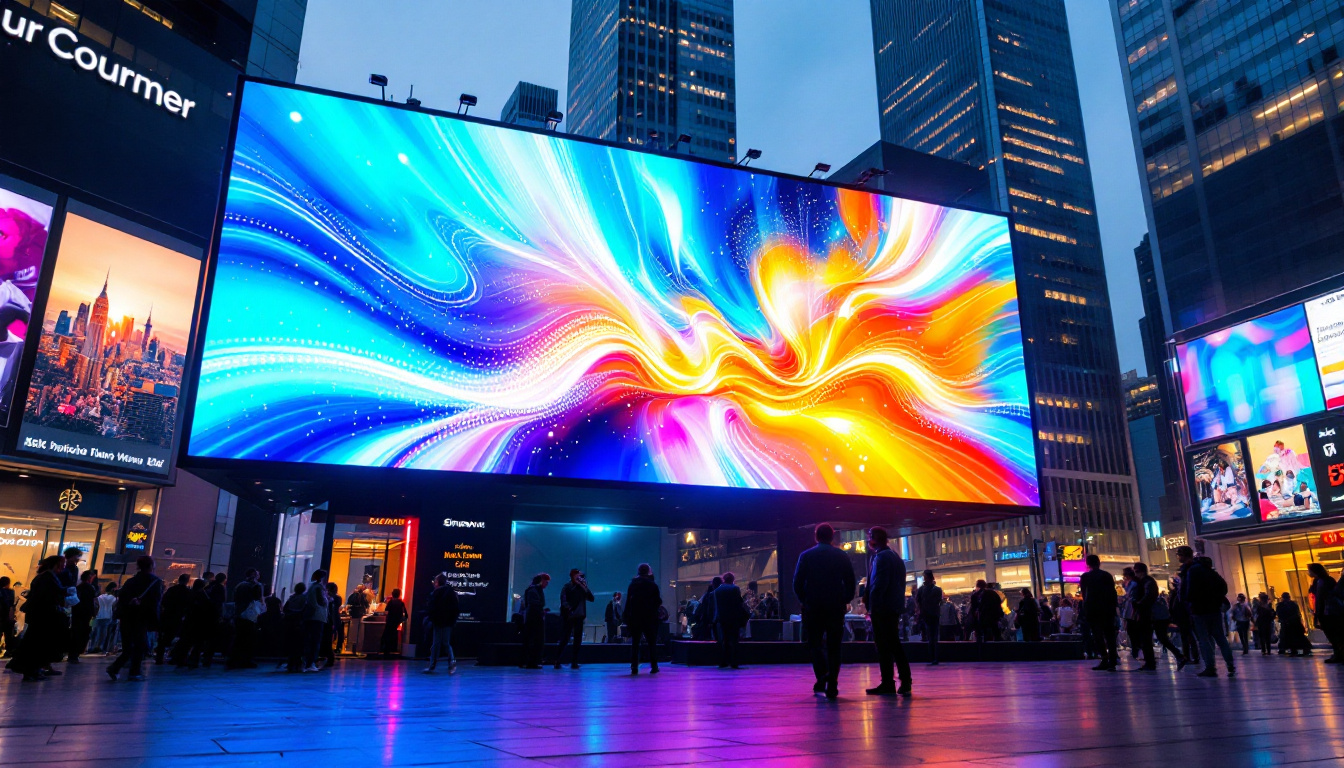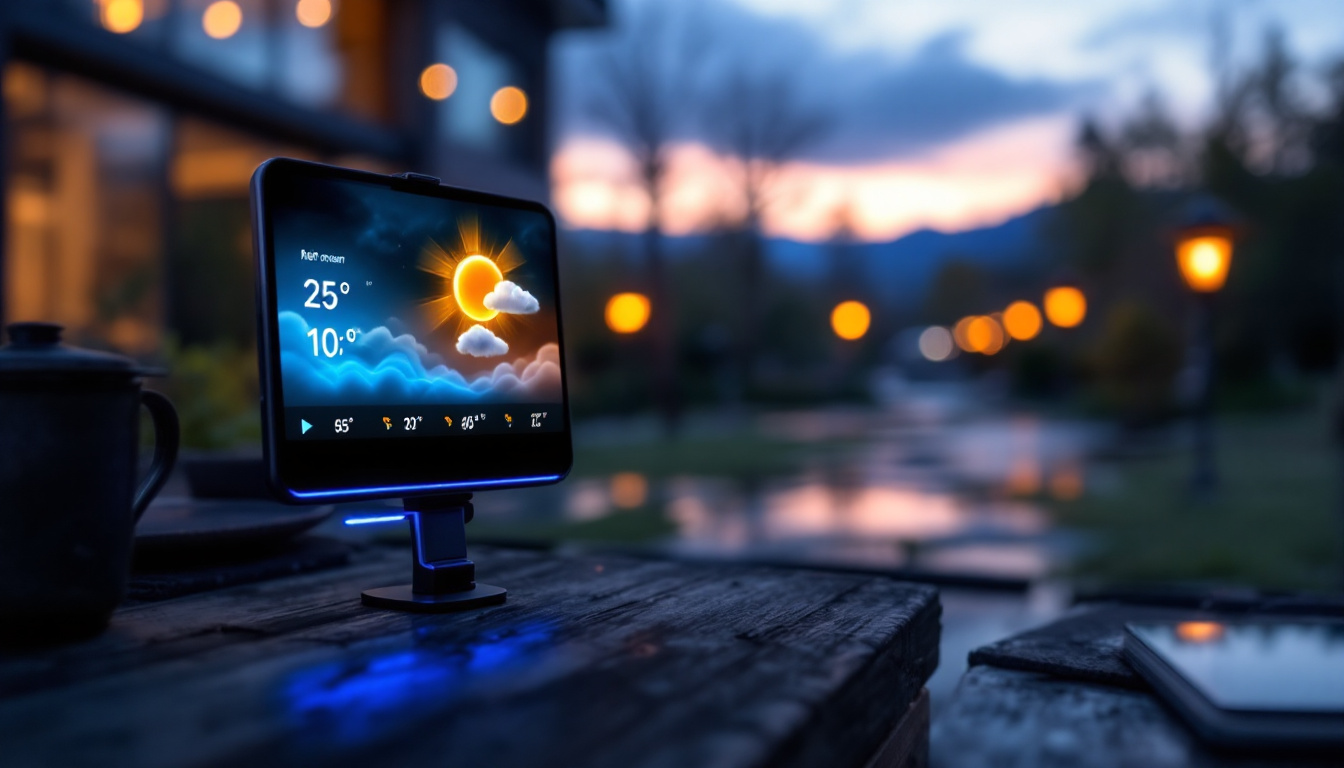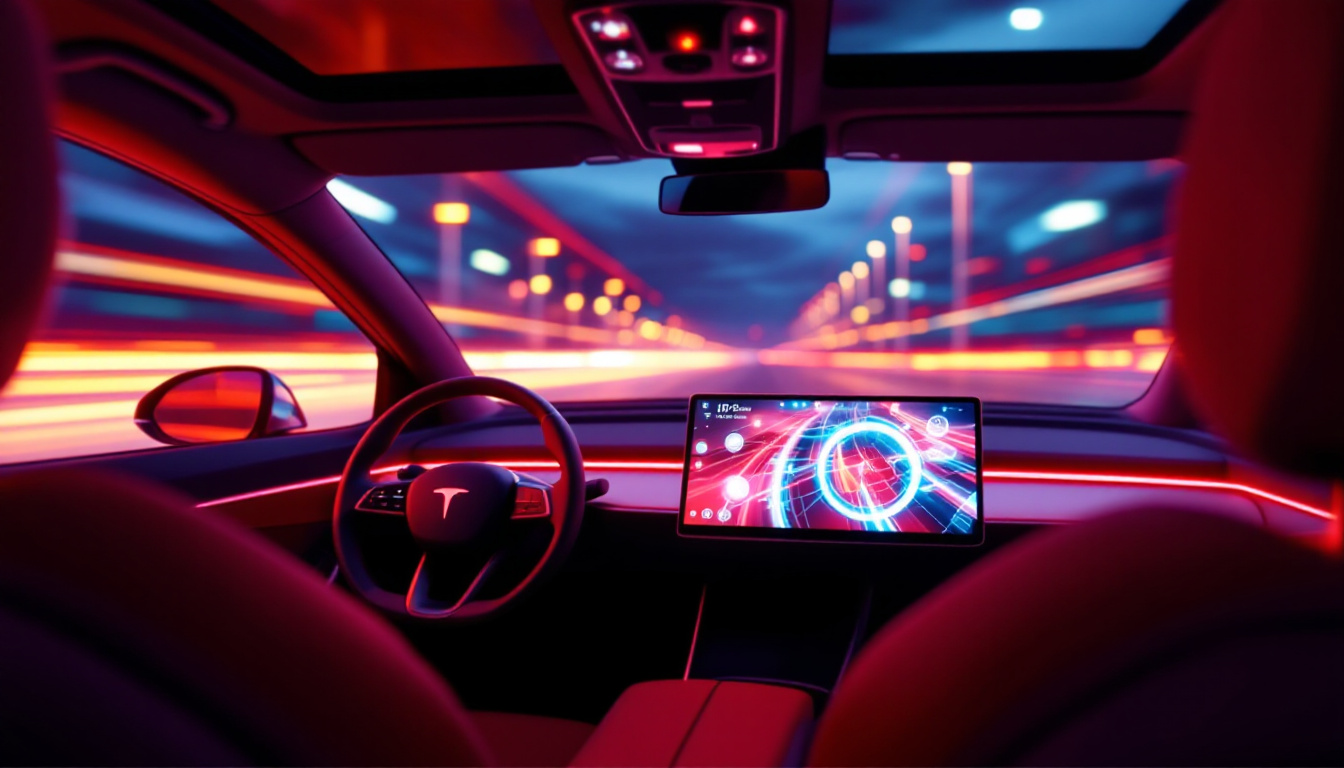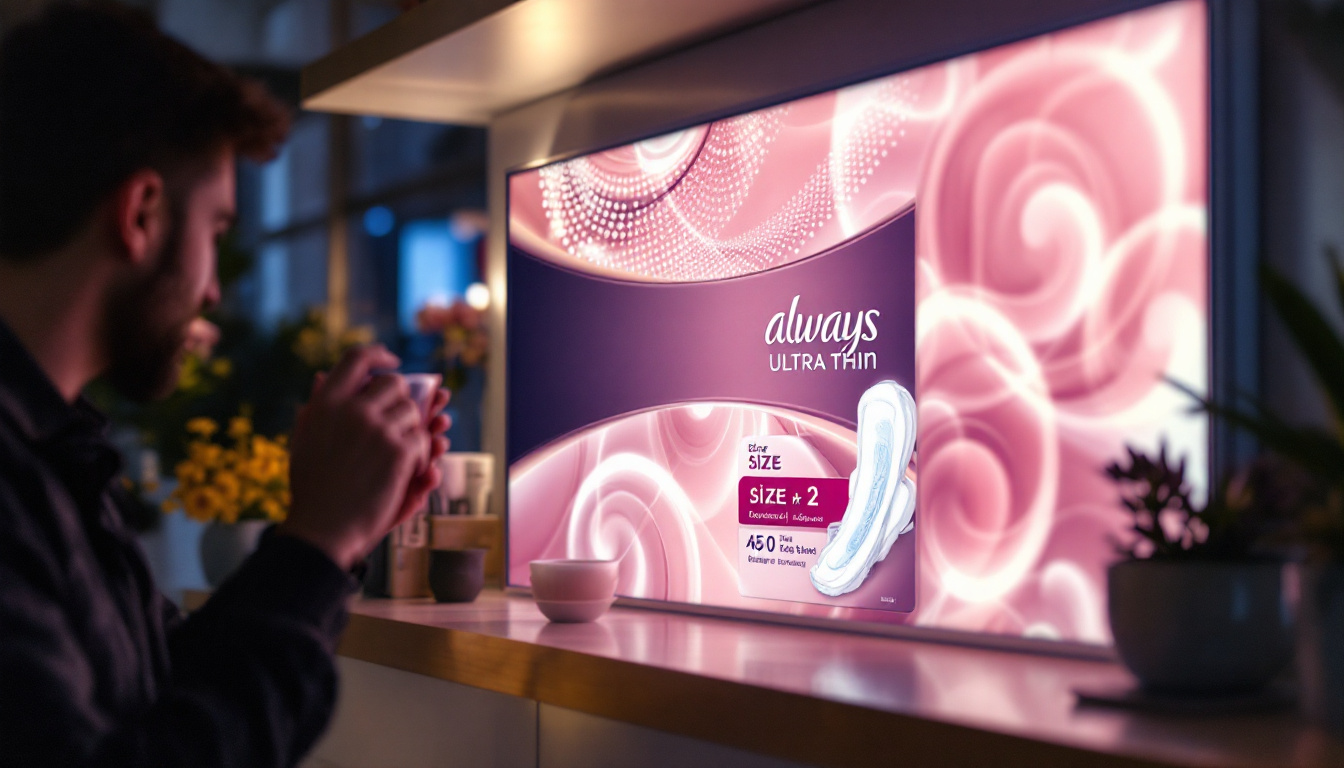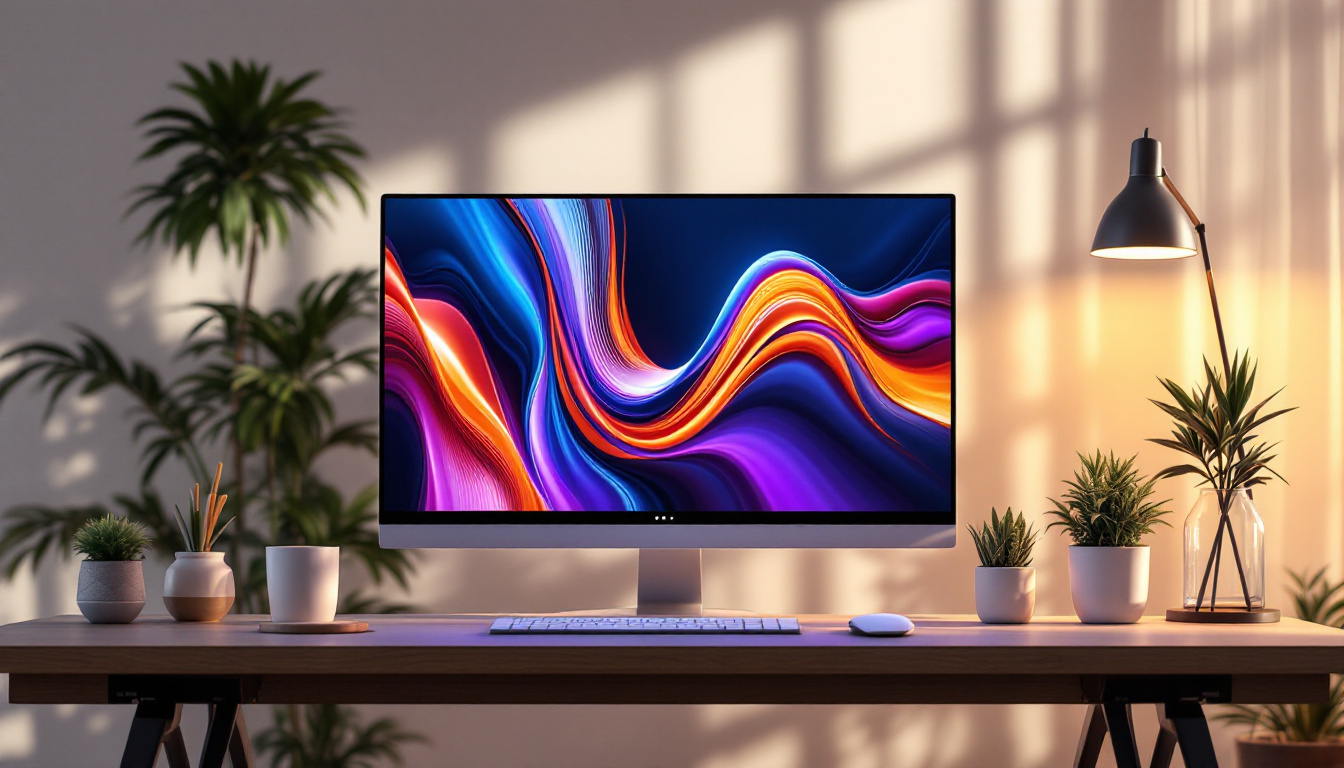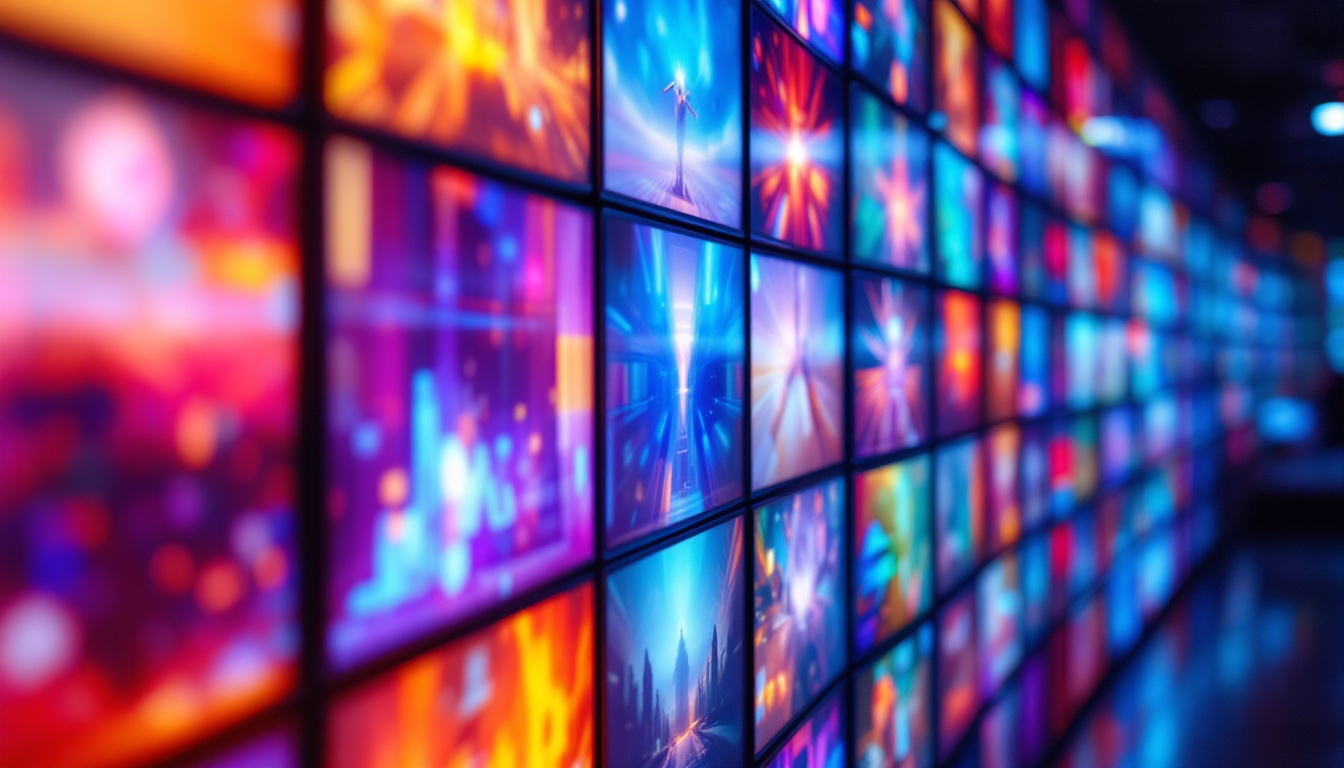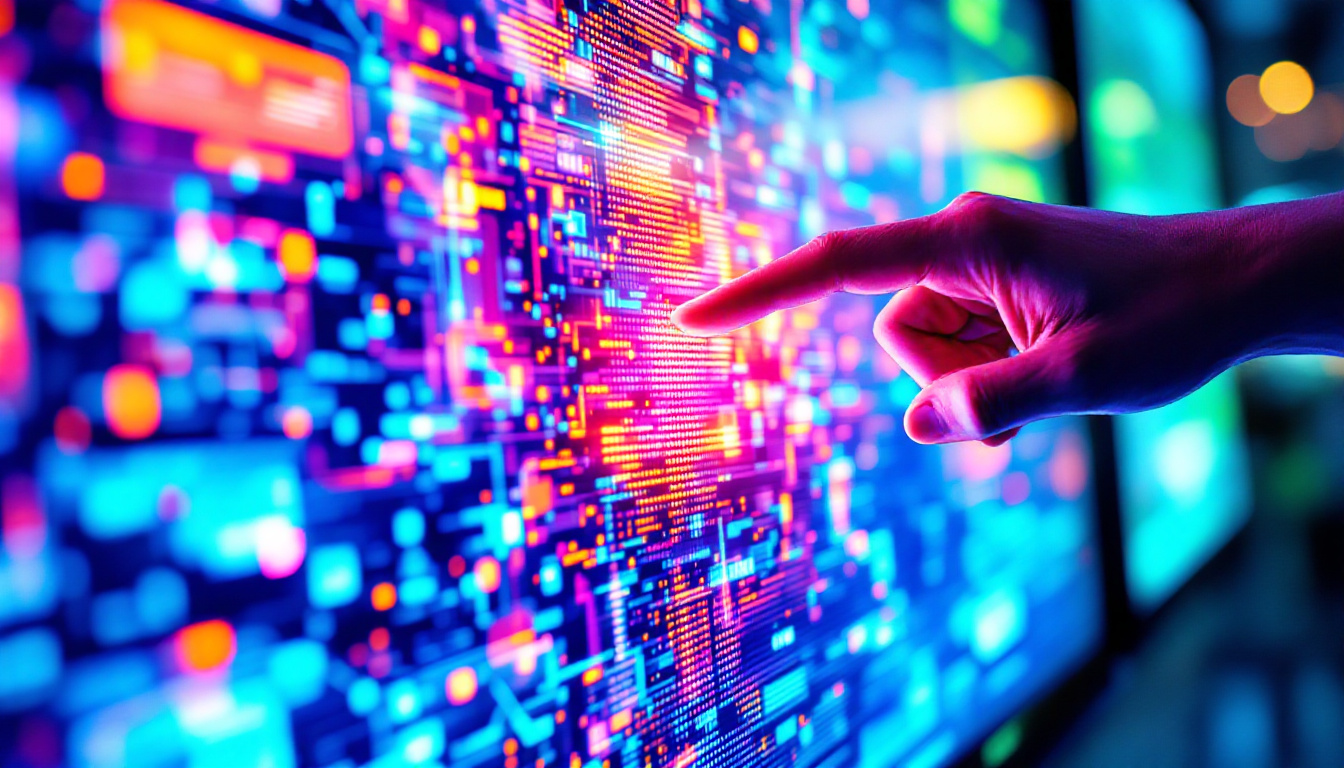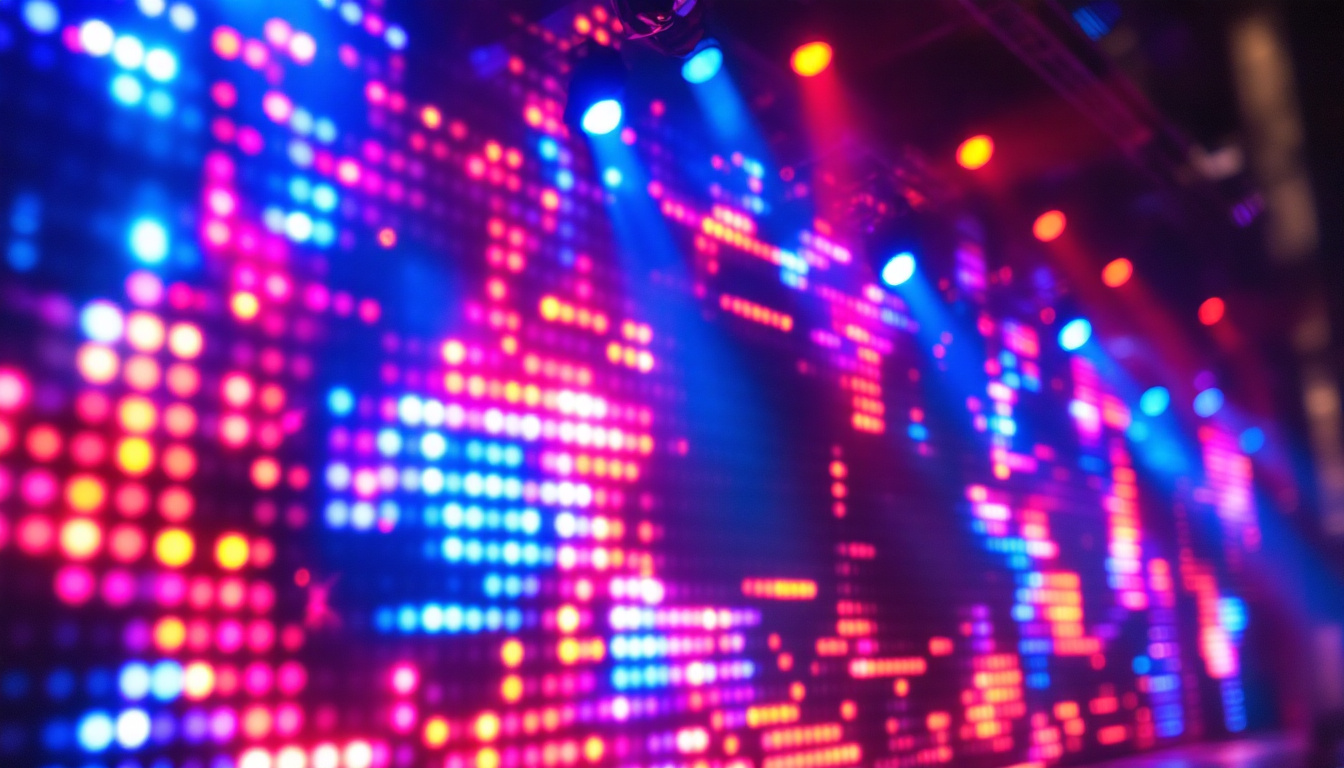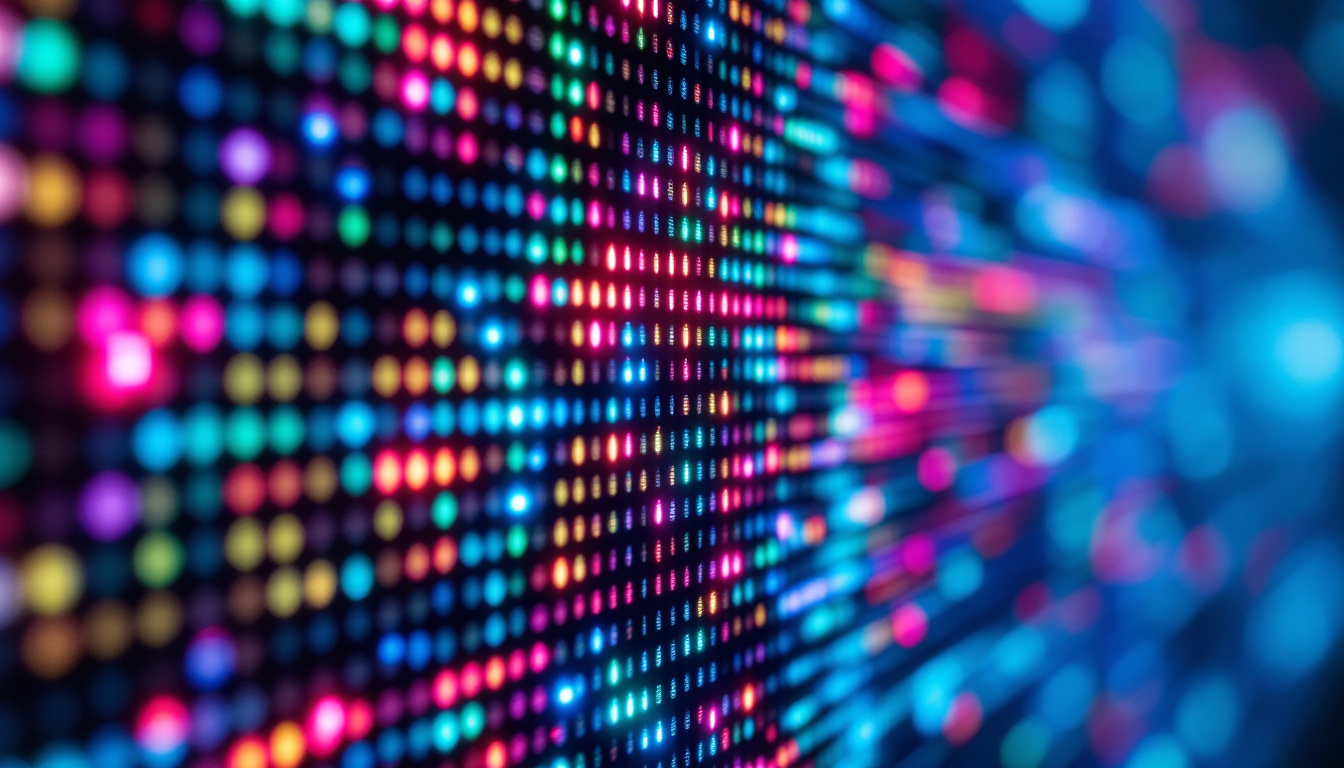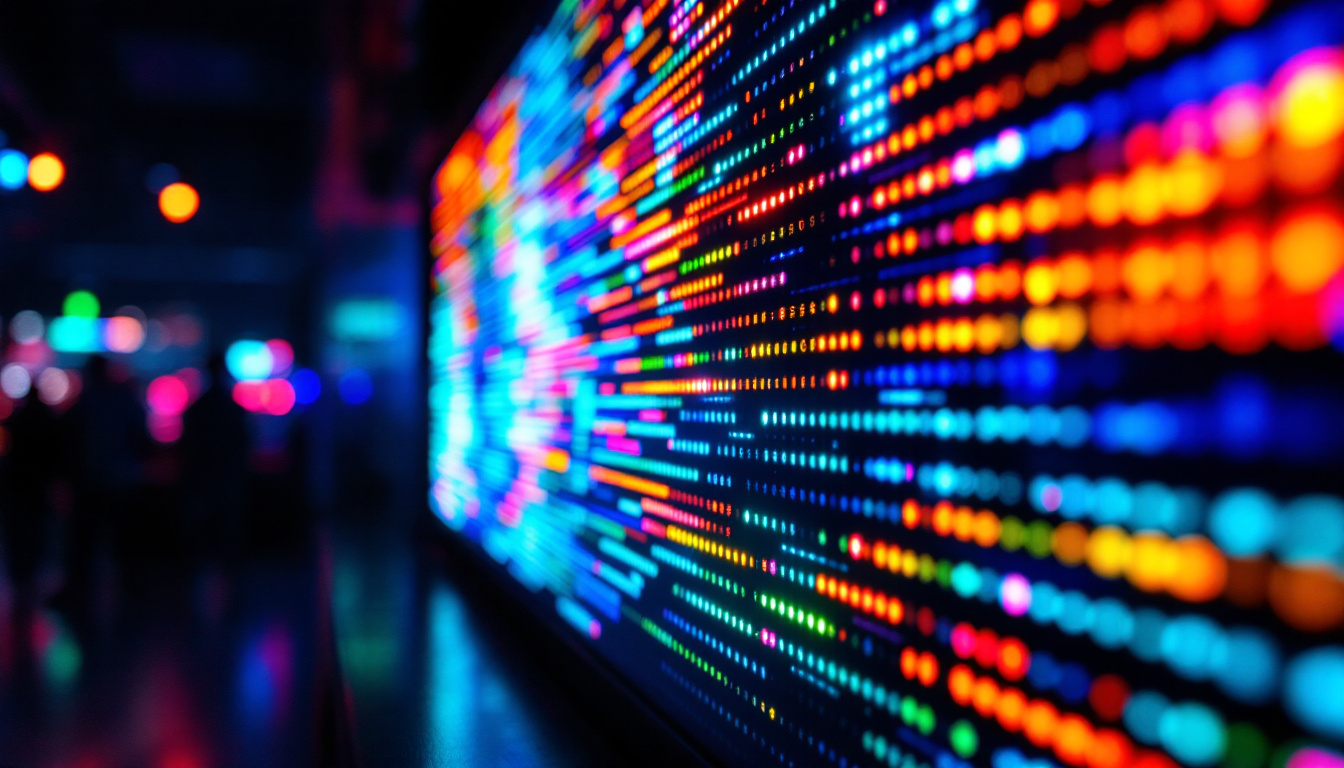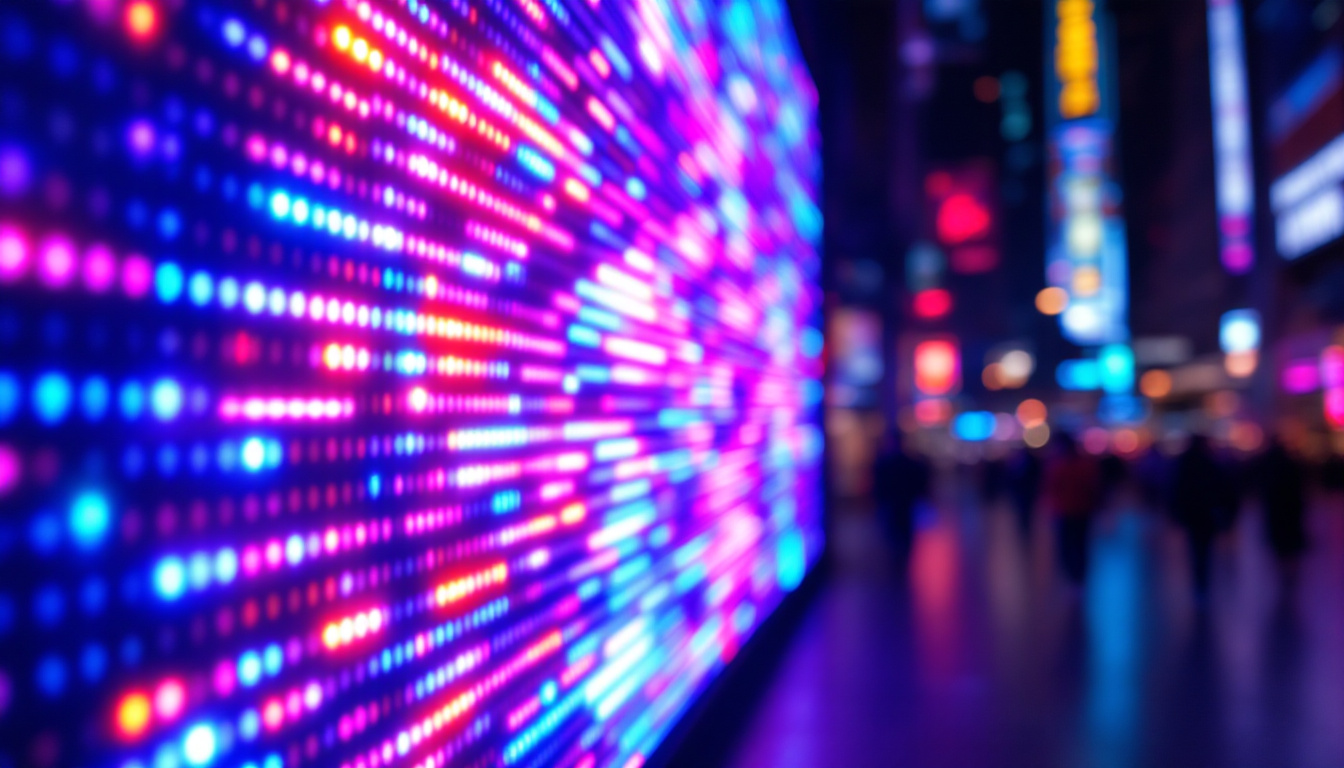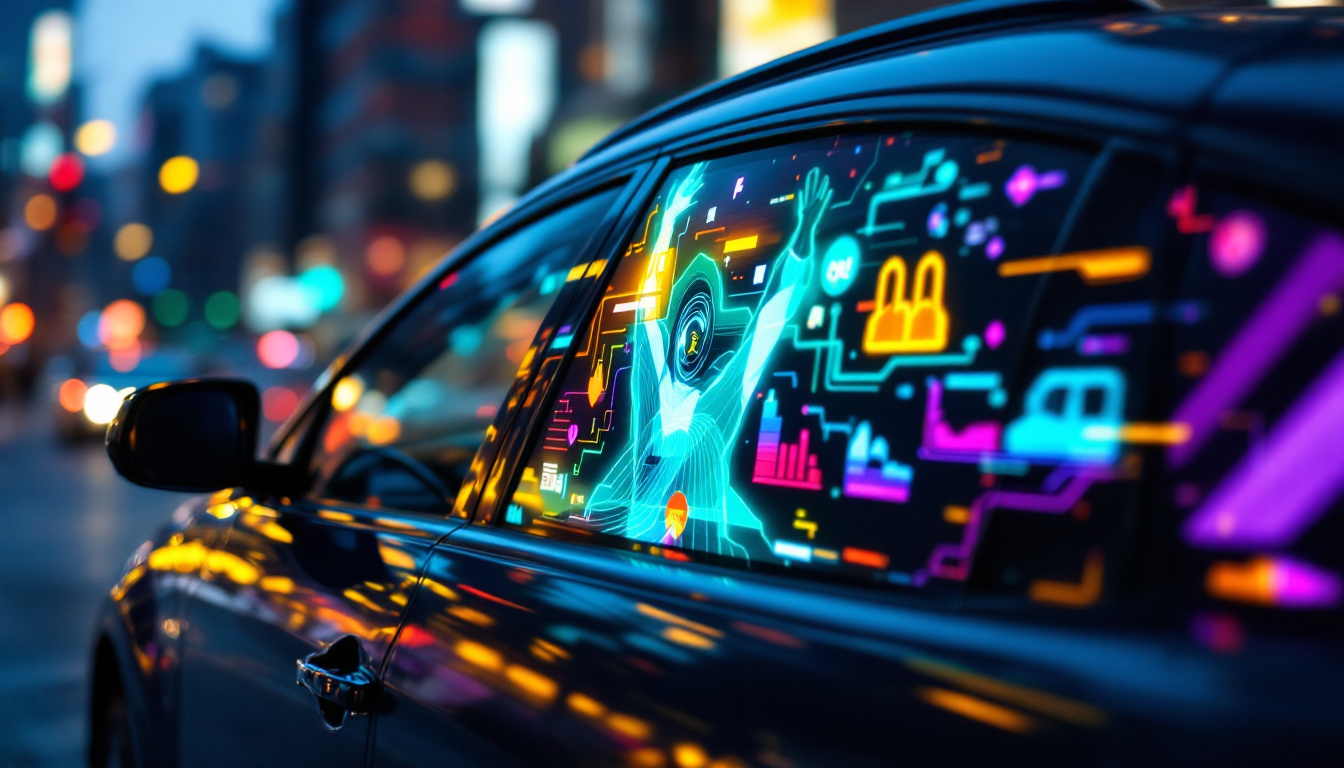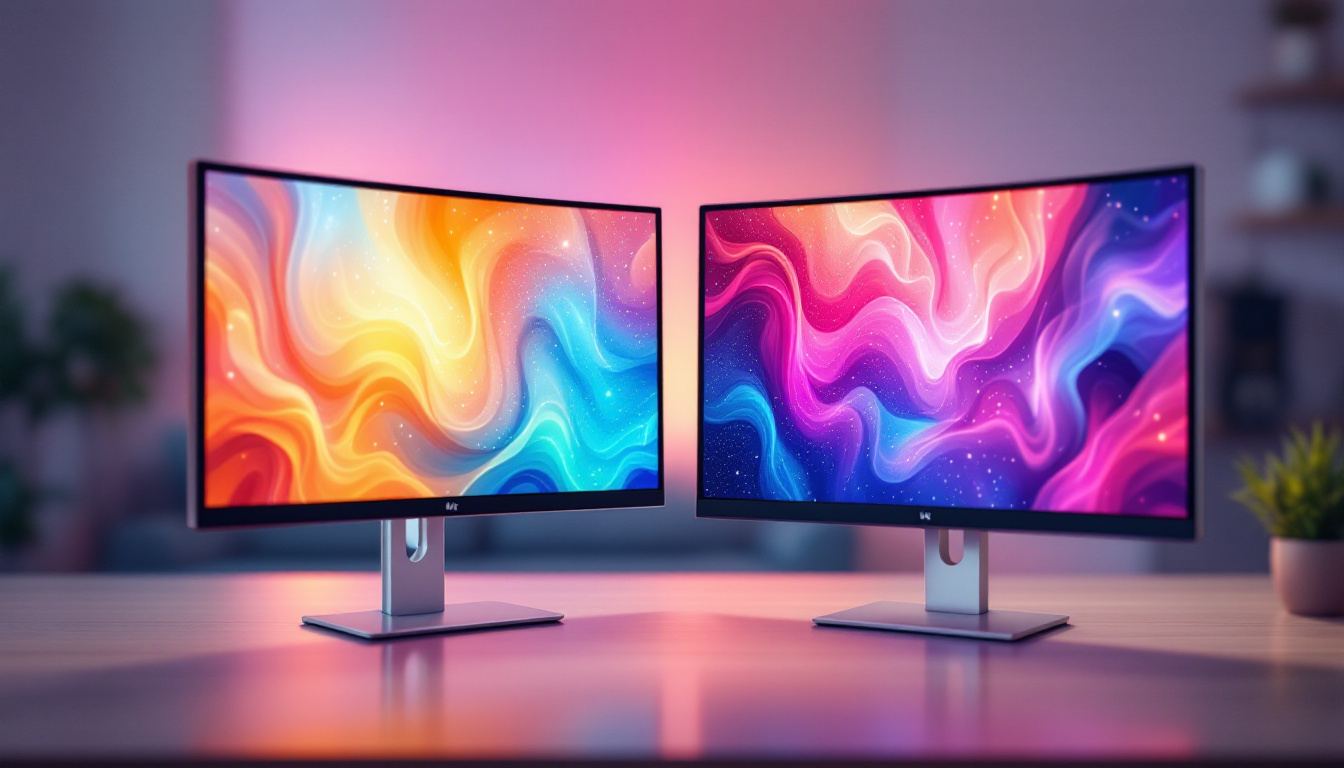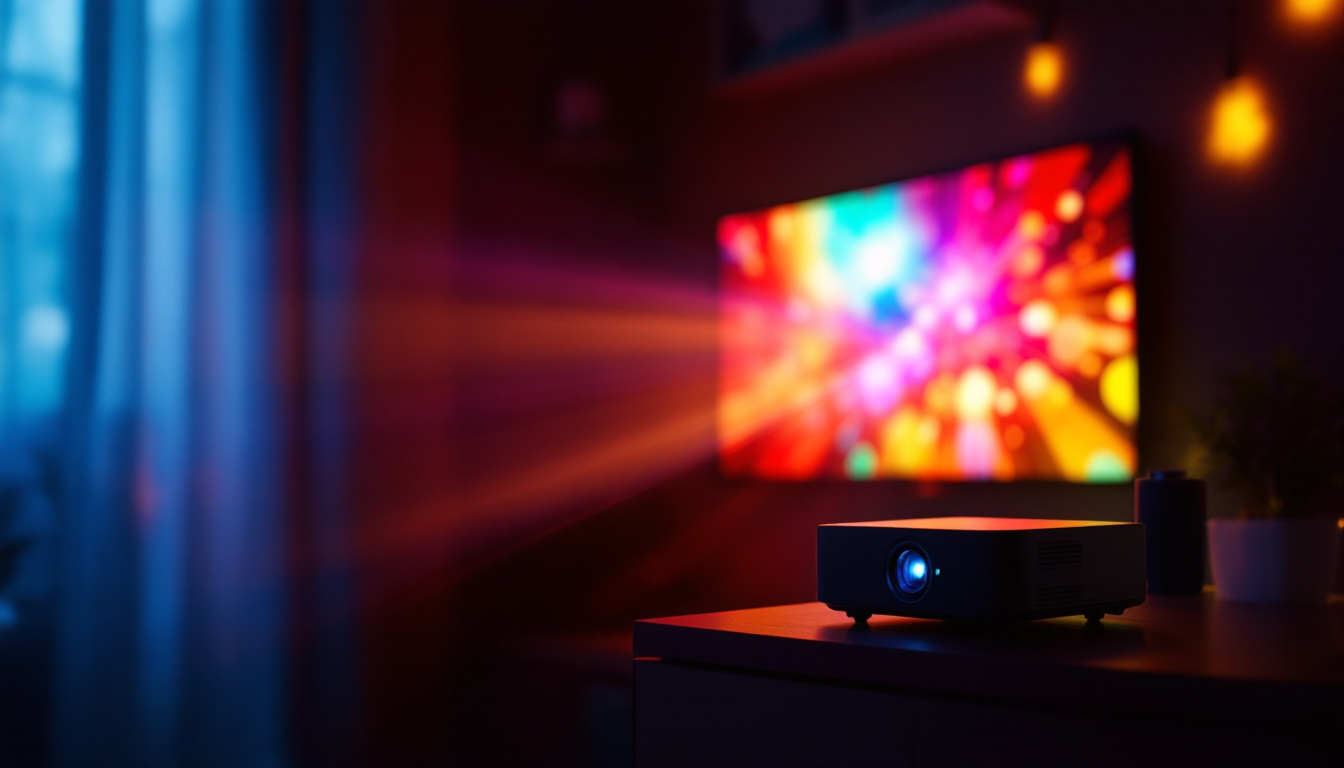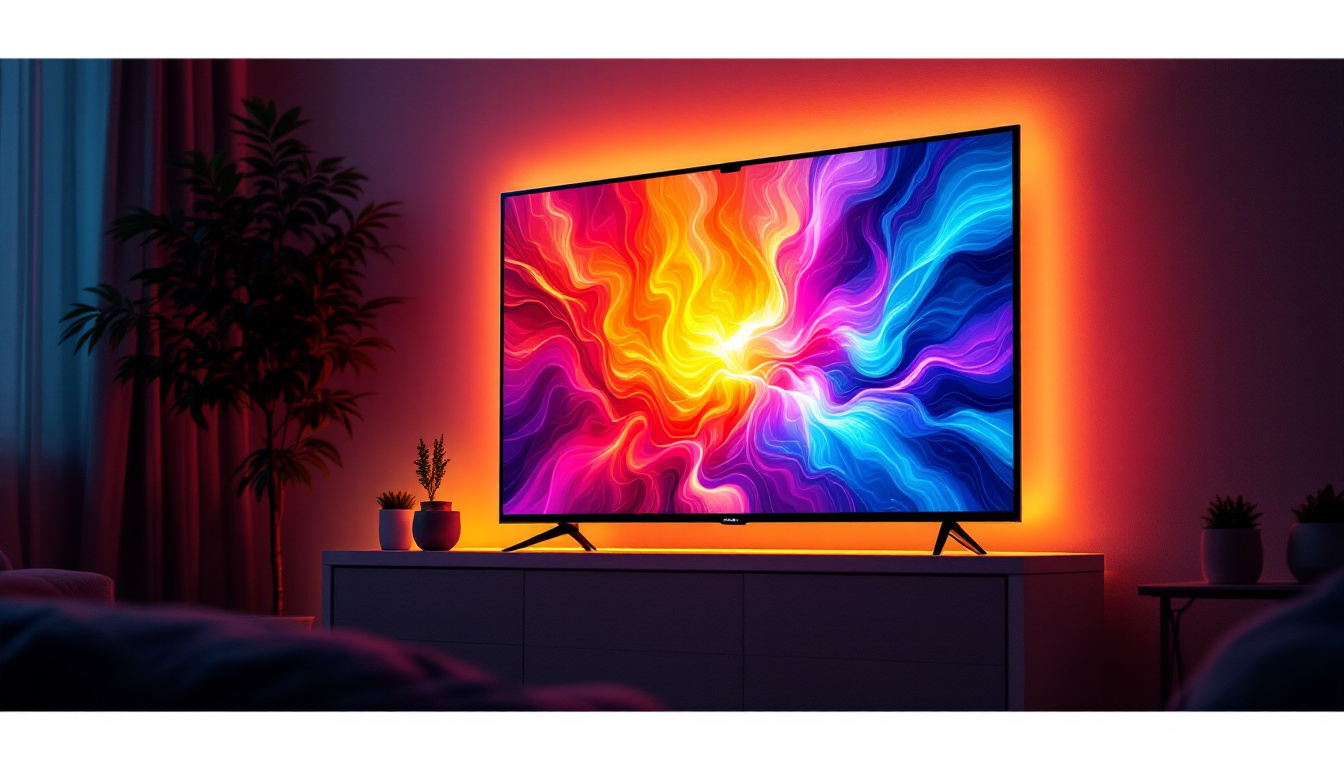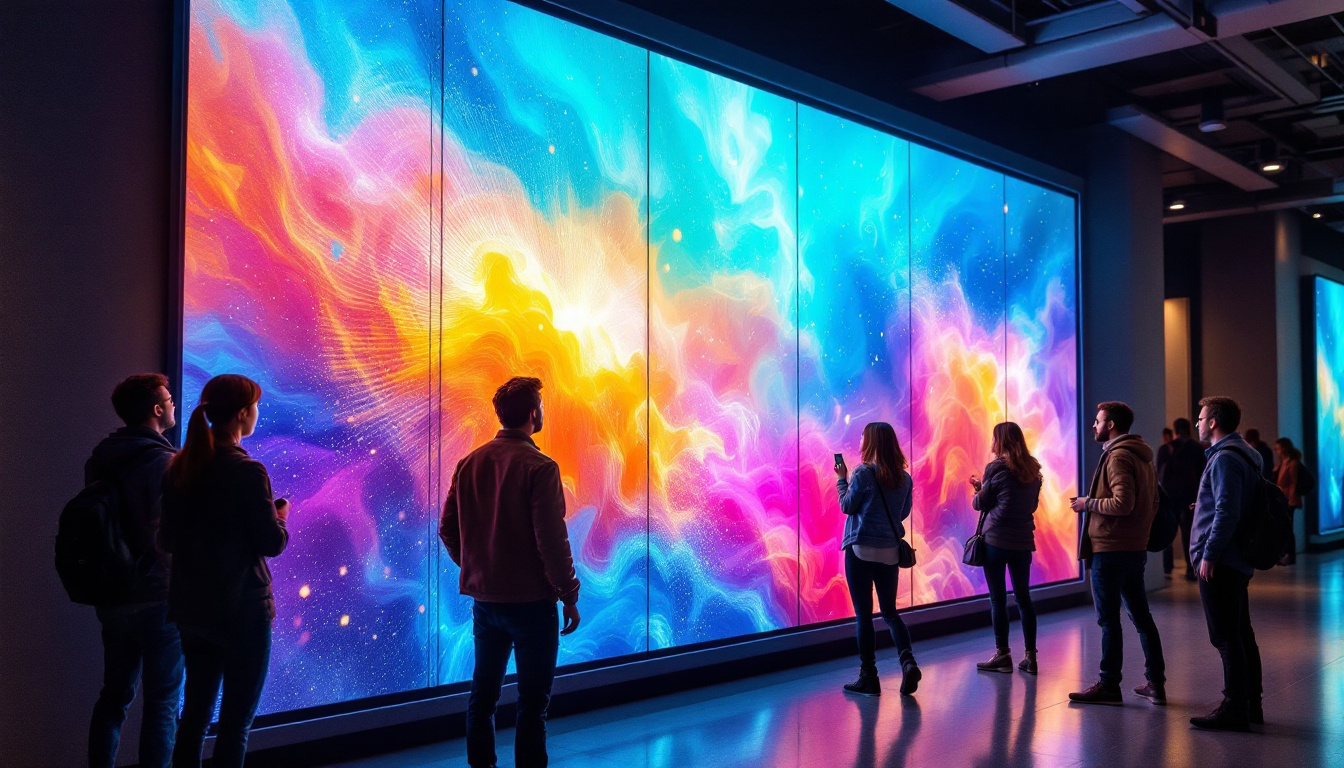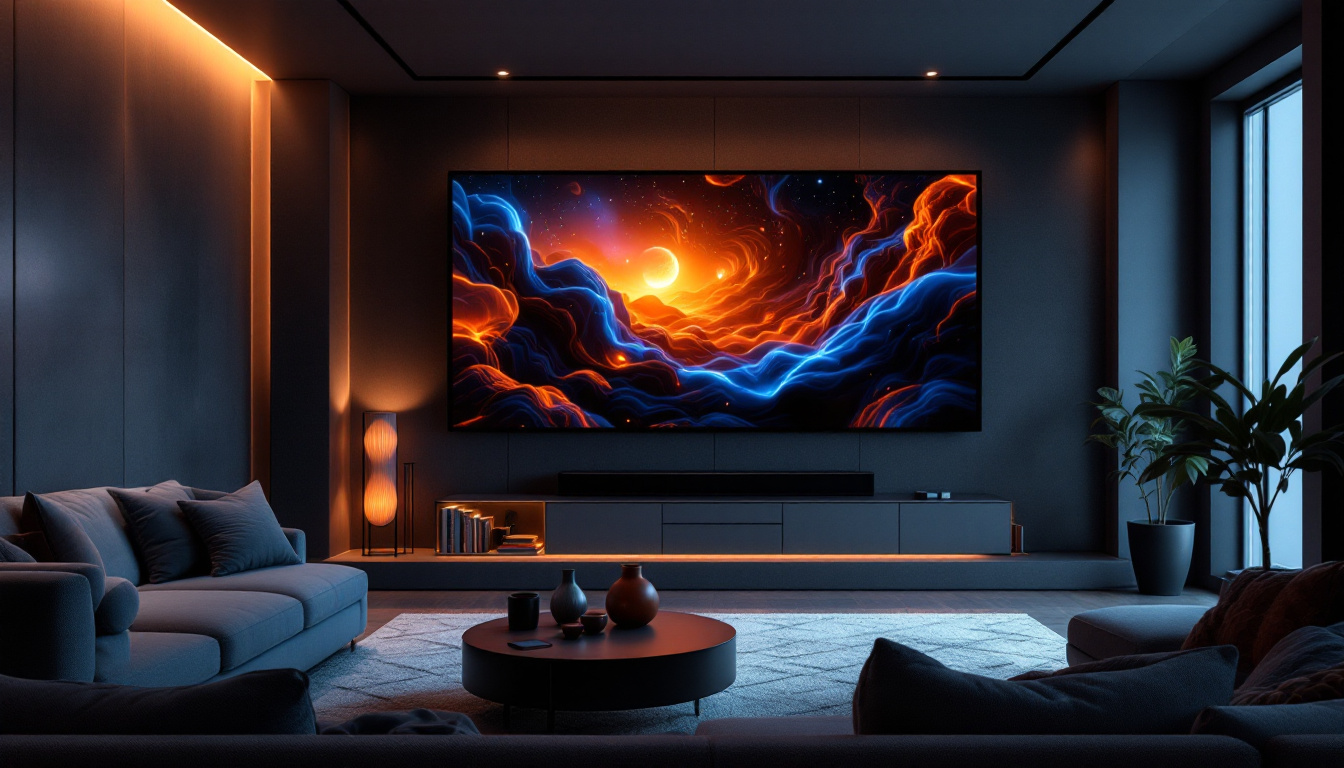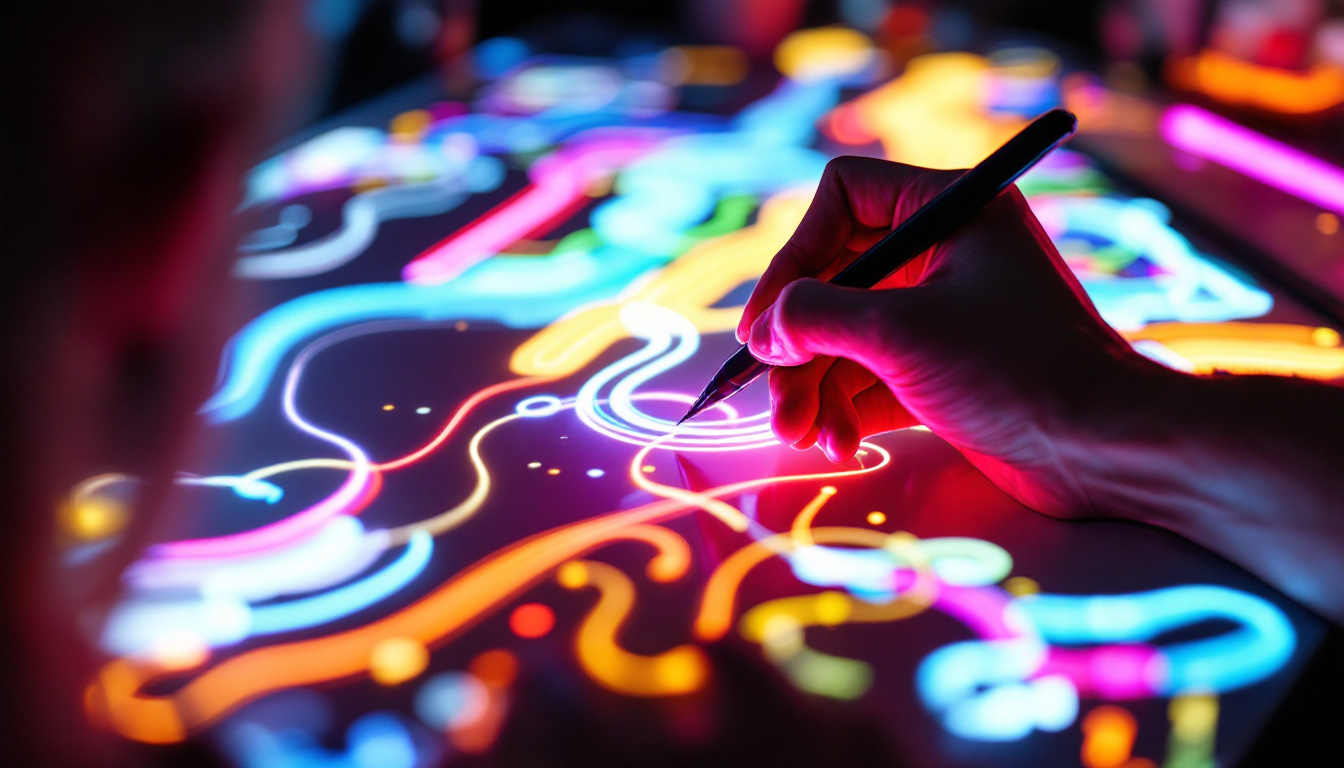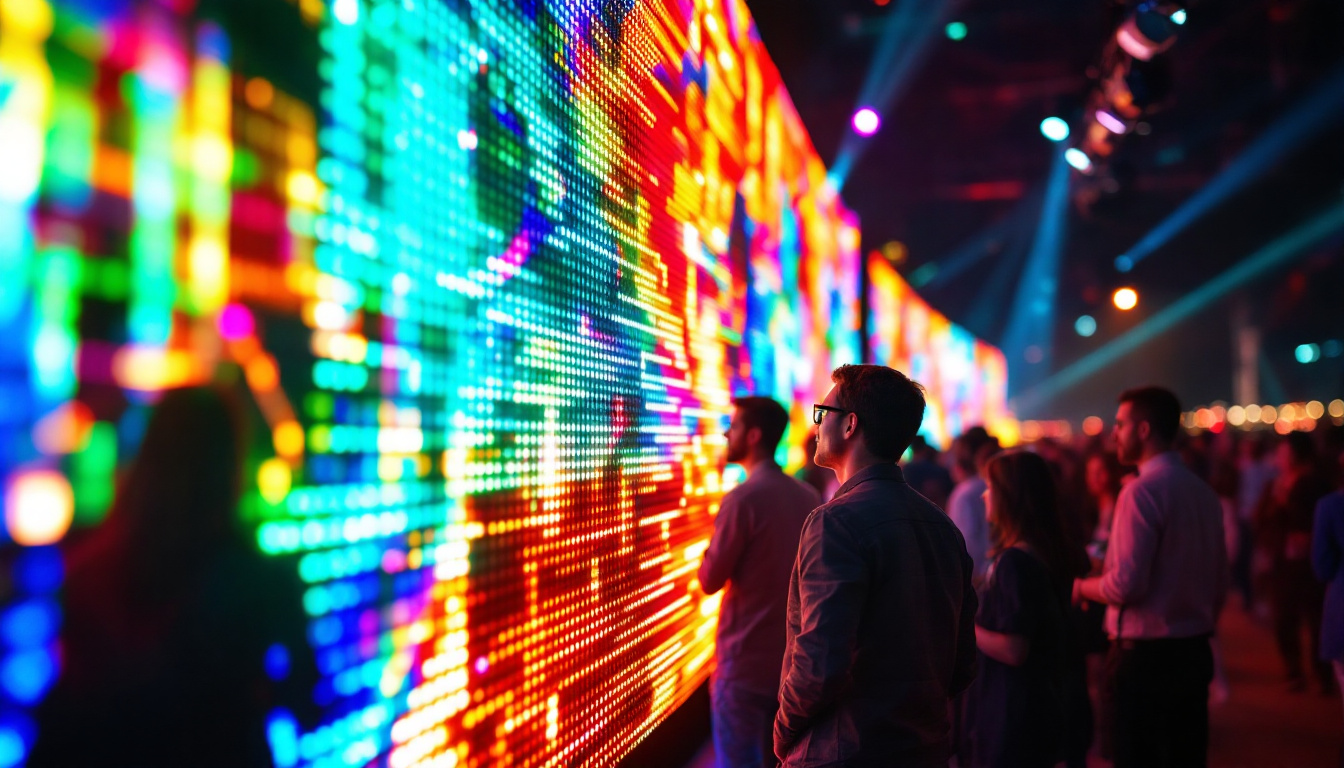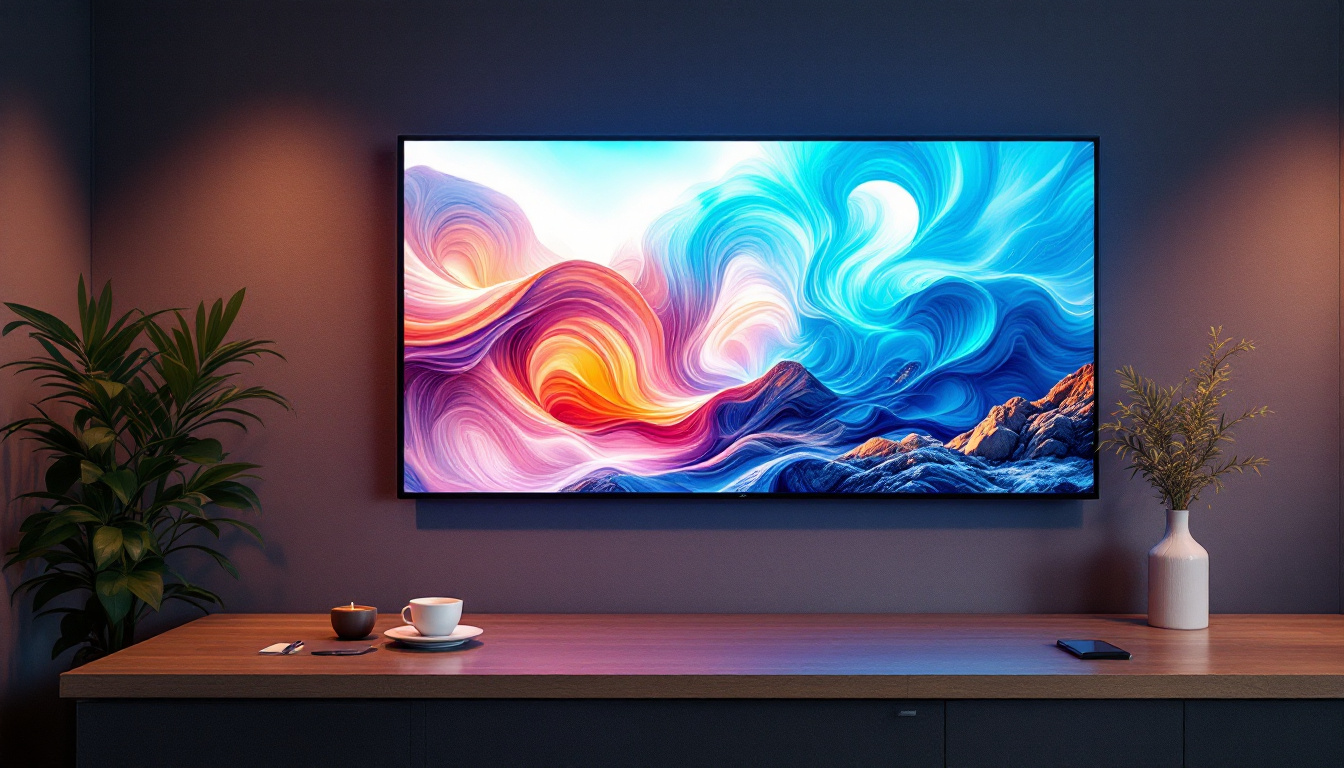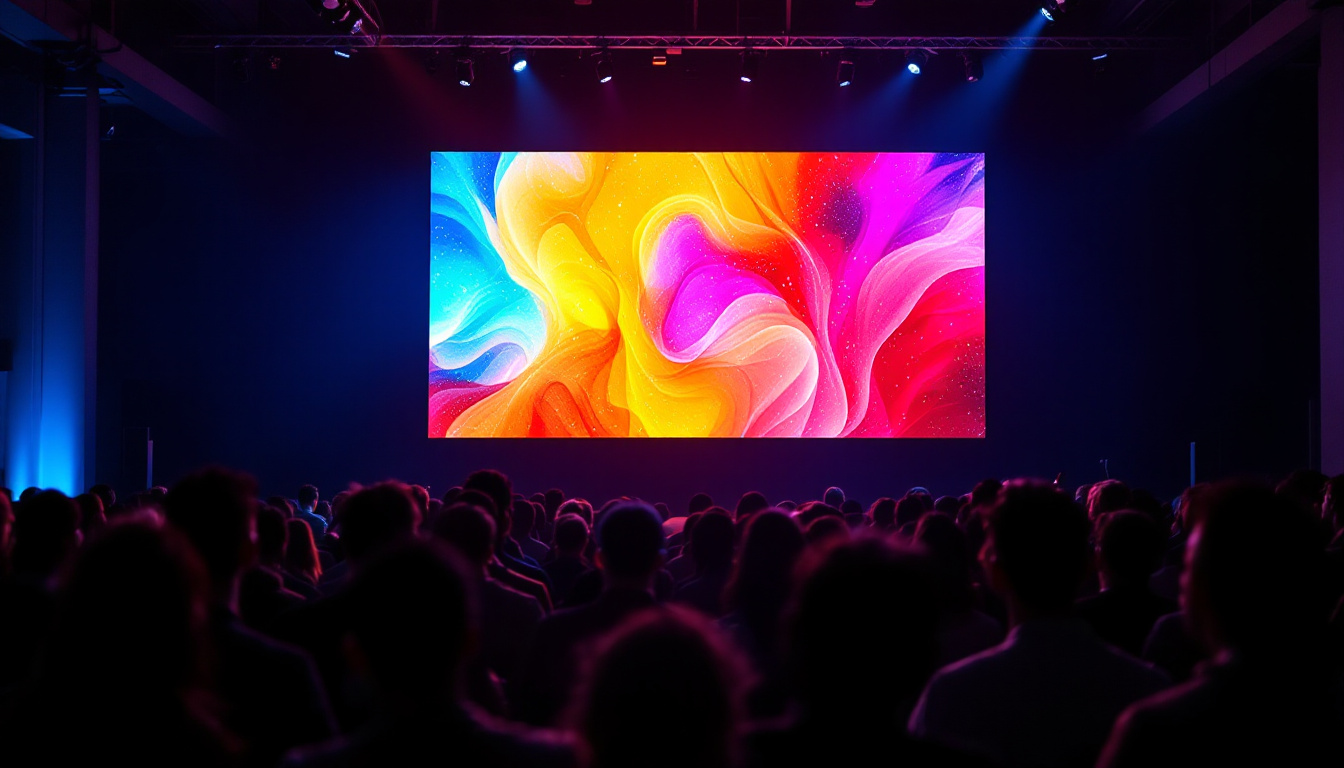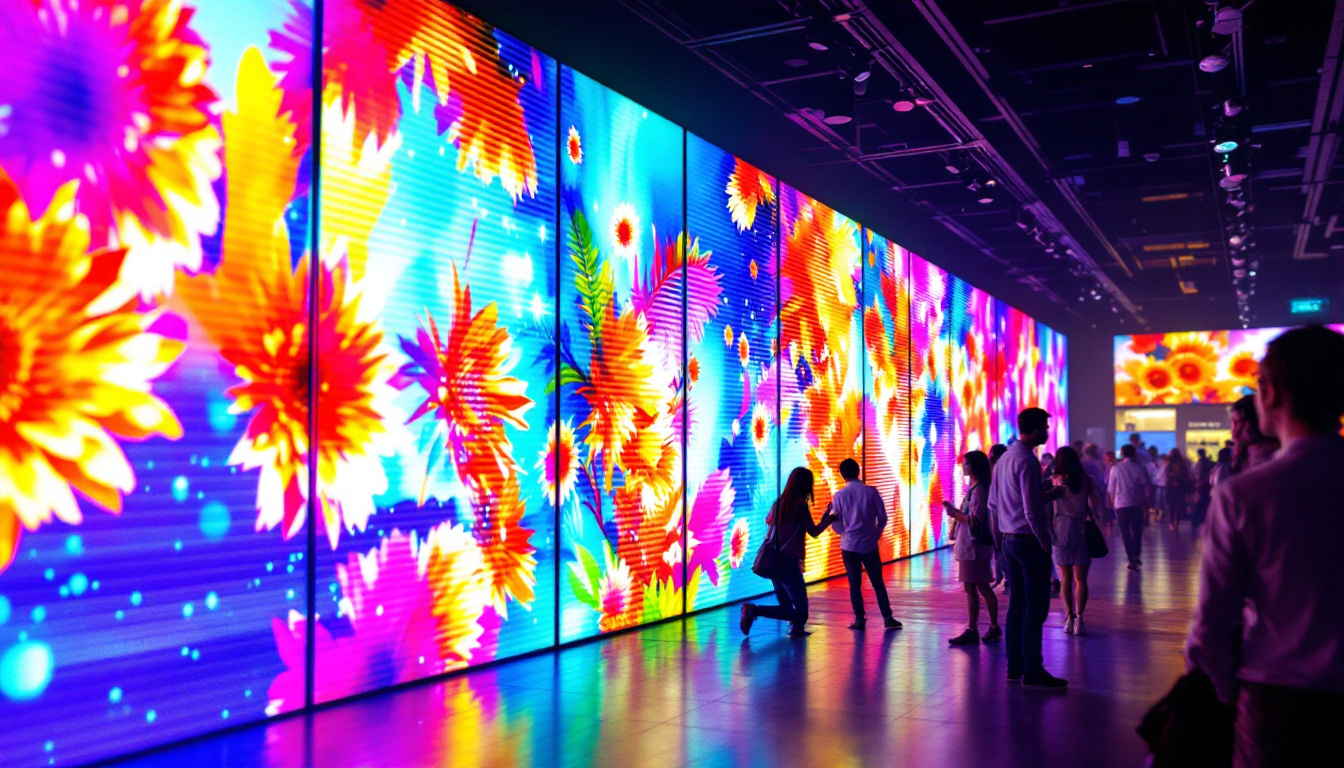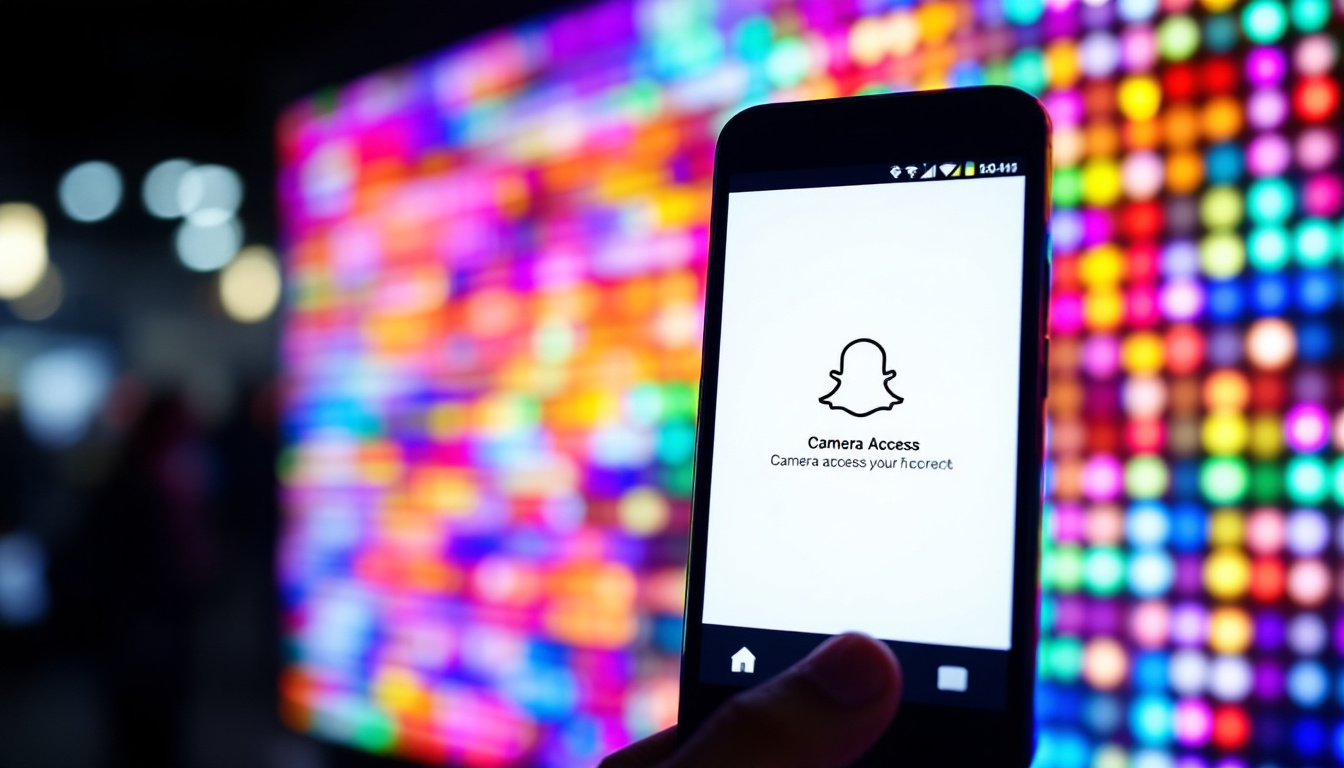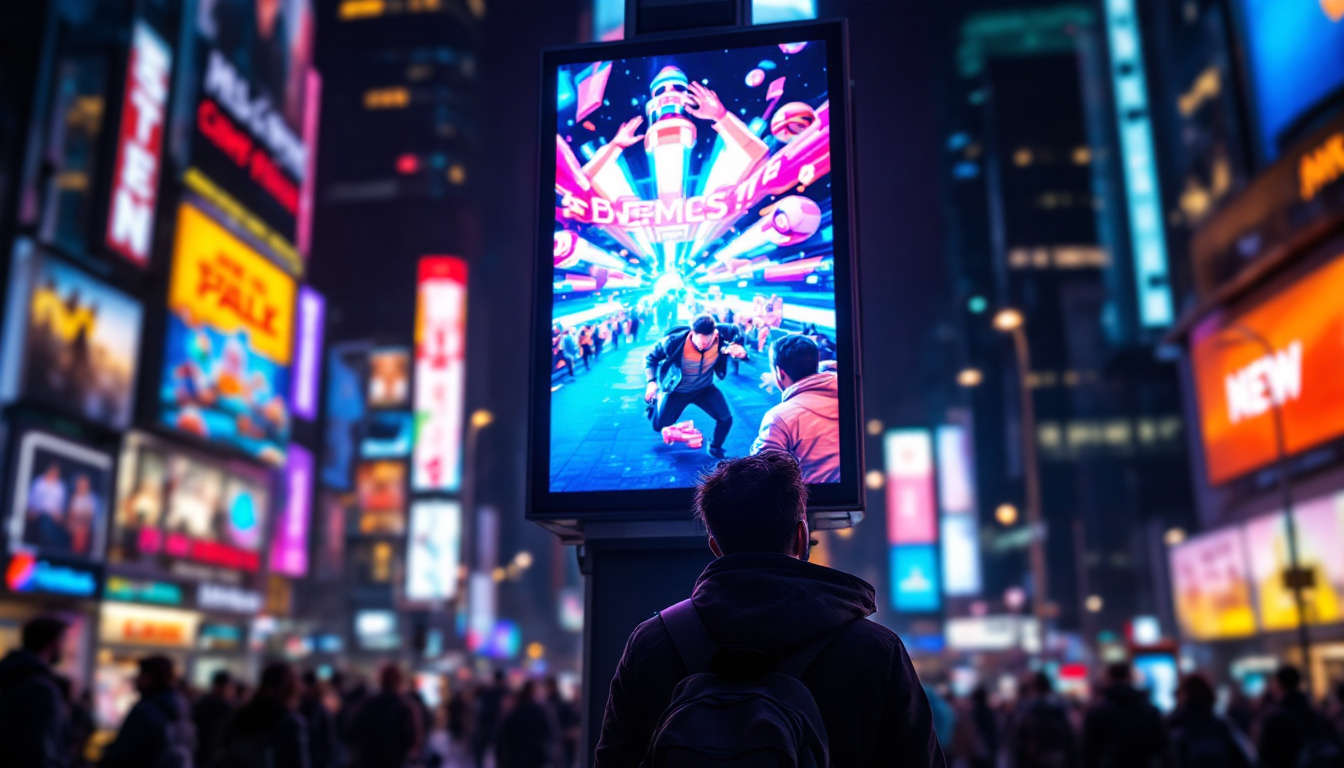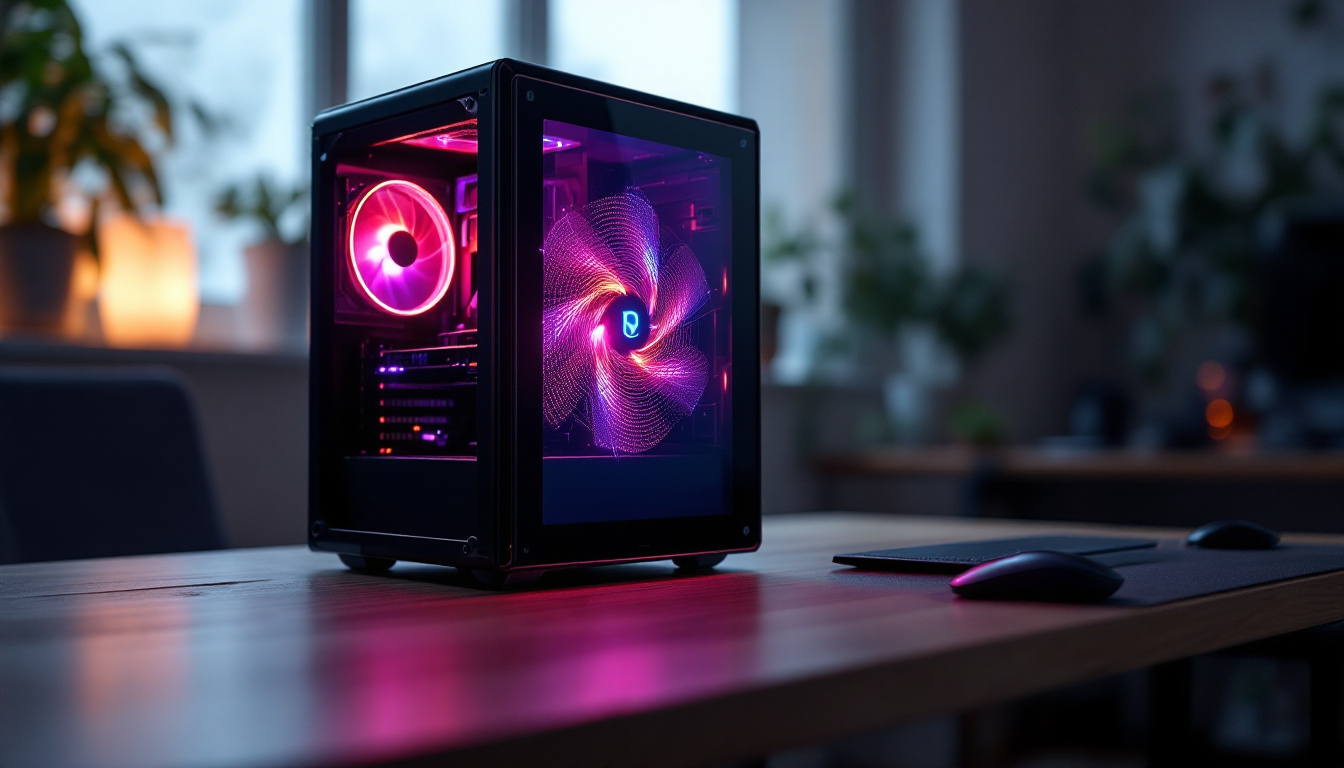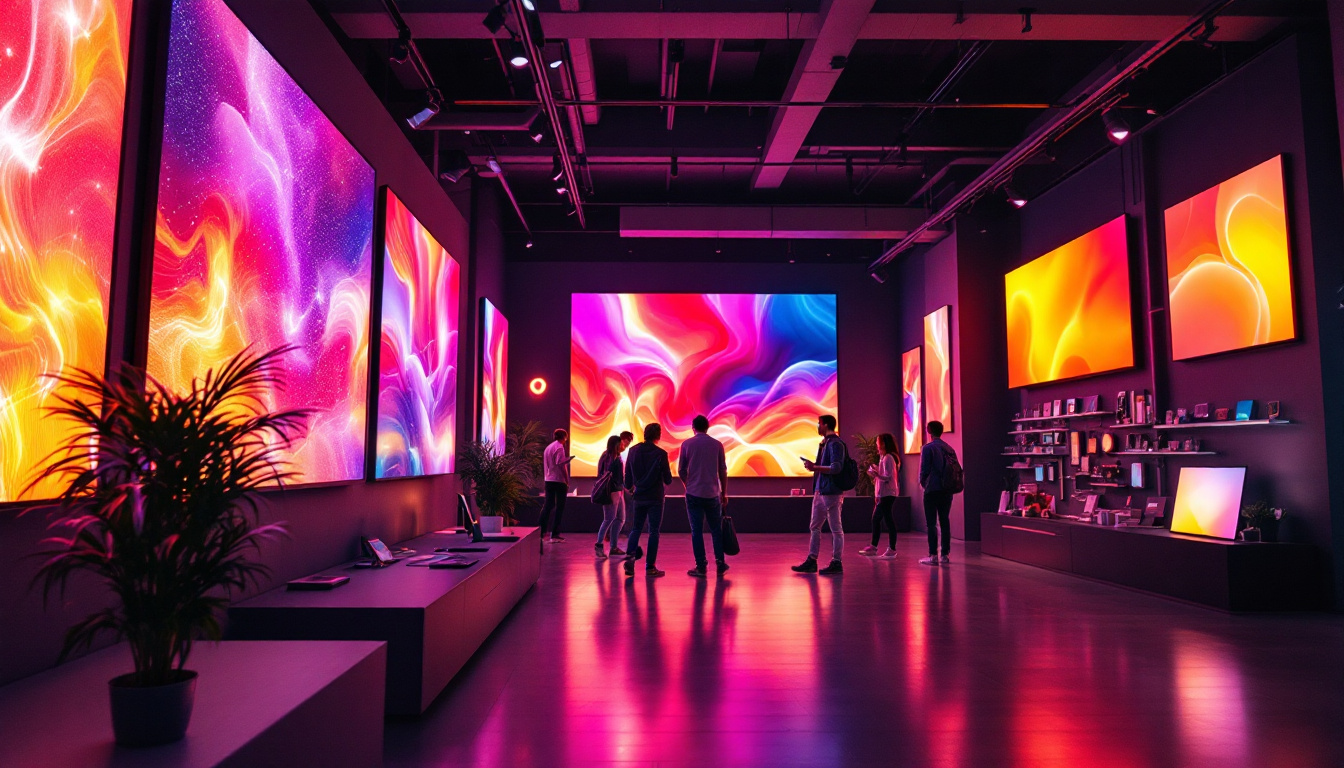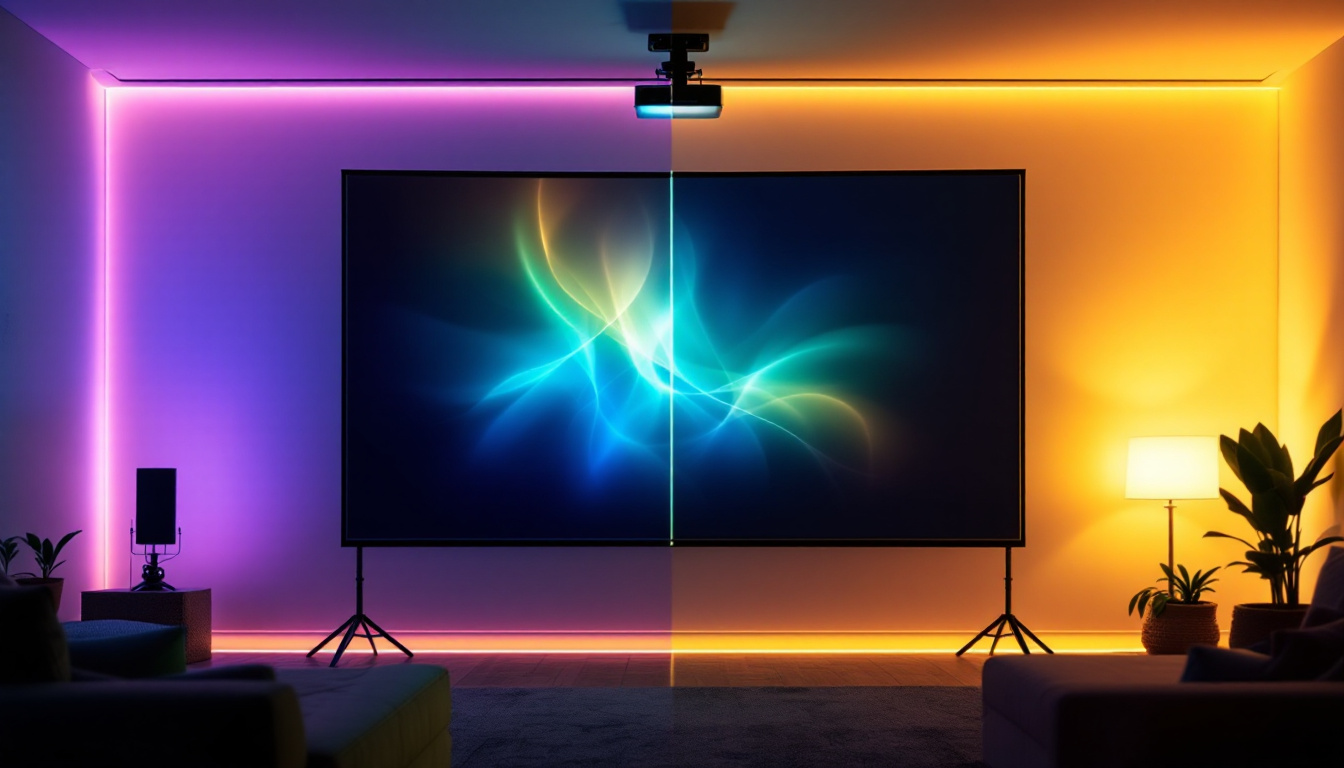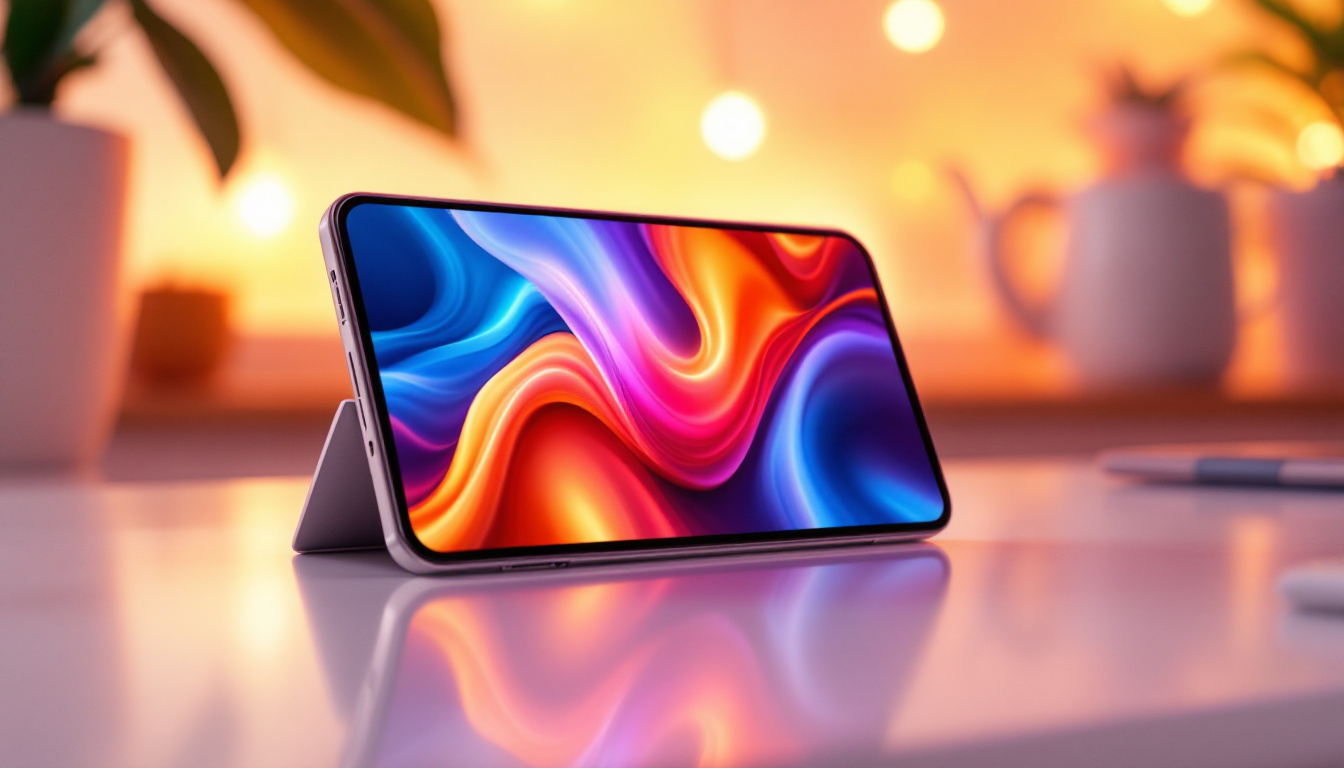In today’s digital age, visual communication has become more critical than ever. Businesses are constantly seeking innovative ways to engage their audience, and commercial LED display screens have emerged as a powerful tool in this endeavor. This article delves into the intricacies of LED displays, exploring their technology, applications, benefits, and future trends.
Understanding LED Technology
LED, or Light Emitting Diode, is a semiconductor device that emits light when an electric current passes through it. This technology has revolutionized the way displays are designed and utilized, particularly in commercial settings. The efficiency and longevity of LED technology have made it a preferred choice over traditional lighting methods, such as incandescent and fluorescent bulbs, which consume more energy and have shorter lifespans. As a result, LED technology not only reduces operational costs but also contributes to a more sustainable environment by lowering energy consumption and waste.
How LED Displays Work
At the core of an LED display is an array of tiny light-emitting diodes. These diodes are grouped into pixels, and each pixel can produce a range of colors. By adjusting the intensity of each diode, the display can create vibrant images and videos. The combination of red, green, and blue (RGB) light from these diodes allows for a full spectrum of colors, making LED displays incredibly versatile. This color mixing capability is what enables LED displays to produce stunning visuals, whether for advertising, entertainment, or informational purposes. Additionally, the rapid response time of LEDs ensures that images and videos are displayed with minimal lag, making them ideal for dynamic content.
LED displays can be categorized into two main types: direct view and rear-projection. Direct view displays are the most common and are used in various applications, including billboards, digital signage, and indoor displays. Rear-projection displays, on the other hand, utilize a projector to display images on a screen and are often used in large venues like concert halls and conference centers. The choice between these two types often depends on the specific requirements of the installation, such as the desired viewing distance, ambient light conditions, and the scale of the display.
Types of LED Displays
Commercial LED displays come in various types, each designed for specific applications. Some of the most common types include:
- Outdoor LED Displays: These are designed to withstand harsh weather conditions and are often used for advertising, events, and public information displays. With enhanced brightness and protective coatings, outdoor LEDs ensure visibility even in direct sunlight, making them effective for high-traffic areas.
- Indoor LED Displays: Typically used in retail environments, airports, and corporate settings, these displays offer high resolution and brightness for clear visibility. Their sleek designs and customizable sizes allow for seamless integration into various environments, enhancing the aesthetic appeal of spaces.
- Transparent LED Displays: These innovative displays allow for visibility through the screen, making them ideal for retail storefronts and exhibitions. By combining transparency with vibrant visuals, they create an engaging shopping experience while allowing natural light to filter through, reducing the need for additional lighting.
Moreover, advancements in LED technology have led to the emergence of flexible LED displays, which can be bent and shaped to fit unconventional spaces. This adaptability opens up new possibilities for creative installations, allowing designers to craft unique visual experiences that were previously unattainable. As the technology continues to evolve, we can expect even more innovative applications of LED displays in various fields, including art installations, architectural lighting, and immersive environments.
Applications of Commercial LED Displays
The versatility of LED technology lends itself to a wide range of applications across various industries. From advertising to information dissemination, LED displays are making a significant impact.
Advertising and Marketing
One of the most prominent uses of commercial LED displays is in advertising. Businesses leverage these screens to capture the attention of potential customers with dynamic content. The ability to change messages in real-time allows for targeted advertising, promoting sales, events, or new products effectively.
Outdoor LED billboards, for instance, can display multiple advertisements throughout the day, maximizing exposure and engagement. Indoor displays in shopping malls and retail stores can showcase promotions, enhancing the shopping experience and driving sales.
Information and Wayfinding
LED displays also play a crucial role in providing information and wayfinding assistance. Airports, train stations, and public transportation hubs utilize LED screens to display real-time updates on arrivals, departures, and schedules. This not only improves the flow of information but also enhances the overall customer experience.
In corporate environments, LED displays can be used for internal communications, displaying announcements, meeting schedules, and other important information to employees. This fosters a more informed workplace and improves organizational efficiency.
Entertainment and Events
In the entertainment industry, LED displays are essential for concerts, sports events, and festivals. They provide vibrant visuals that enhance the overall experience for attendees. Large LED screens are often set up in stadiums and arenas to broadcast live performances, ensuring that everyone in the audience has a clear view of the action.
Additionally, LED displays are used in theme parks and attractions to create immersive experiences. From interactive displays to stunning visual effects, the possibilities are endless.
Benefits of Using LED Displays
The adoption of commercial LED displays offers numerous advantages that make them an attractive option for businesses and organizations. Understanding these benefits can help in making informed decisions when investing in display technology.
High Visibility and Brightness
One of the standout features of LED displays is their high brightness levels. This makes them easily visible even in direct sunlight, making them ideal for outdoor applications. The ability to adjust brightness settings also allows for optimal performance in various lighting conditions.
Furthermore, the clarity and sharpness of images displayed on LED screens contribute to their effectiveness in capturing attention. High-resolution displays ensure that content is presented in a visually appealing manner, enhancing viewer engagement.
Energy Efficiency
LED technology is known for its energy efficiency compared to traditional display technologies. LED displays consume significantly less power, which not only reduces operational costs but also minimizes environmental impact. This aspect is particularly appealing for businesses looking to adopt sustainable practices.
Moreover, the longevity of LED displays means that they require less frequent replacements, further contributing to cost savings over time. With a lifespan of up to 100,000 hours, LED displays are a reliable investment.
Flexibility and Customization
Commercial LED displays offer a high degree of flexibility and customization. They can be easily scaled to fit various sizes and shapes, allowing businesses to create unique display solutions tailored to their specific needs. From large outdoor billboards to small indoor screens, the adaptability of LED technology is unmatched.
Additionally, content can be easily updated and customized, enabling businesses to respond quickly to changing marketing strategies or informational needs. This level of control enhances the effectiveness of communication efforts.
Challenges and Considerations
While commercial LED displays offer numerous benefits, there are also challenges and considerations to keep in mind when integrating this technology into business operations.
Initial Investment Costs
The initial investment for high-quality LED displays can be substantial. Businesses must weigh the upfront costs against the long-term benefits to determine if the investment aligns with their budget and goals. However, considering the energy savings and longevity of LED technology, many find that the return on investment justifies the initial expenditure.
Maintenance and Technical Support
Like any technology, LED displays require regular maintenance to ensure optimal performance. This includes cleaning, software updates, and addressing any technical issues that may arise. Businesses should consider the availability of technical support and maintenance services when selecting an LED display provider.
Establishing a maintenance plan can help mitigate potential downtime and keep displays functioning smoothly, ensuring that they continue to deliver value over time.
Future Trends in LED Display Technology
The landscape of LED display technology is continuously evolving, with new advancements and innovations on the horizon. Understanding these trends can help businesses stay ahead of the curve and leverage the latest developments in their visual communication strategies.
Advancements in Resolution and Pixel Density
As technology progresses, the resolution and pixel density of LED displays are expected to improve significantly. Higher resolution displays will provide even sharper images and more detailed visuals, enhancing the viewer experience. This trend is particularly relevant for applications requiring precise image quality, such as medical imaging and high-end advertising.
Integration with Smart Technology
The integration of LED displays with smart technology is another trend to watch. As the Internet of Things (IoT) continues to grow, LED displays can be connected to various devices and systems, allowing for real-time data integration and interactive content. This opens up new possibilities for personalized advertising and enhanced user engagement.
Sustainability and Eco-Friendly Solutions
With increasing awareness of environmental issues, the demand for sustainable and eco-friendly display solutions is on the rise. Manufacturers are focusing on developing LED displays that are not only energy-efficient but also made from recyclable materials. This trend aligns with the broader push for sustainability in business practices.
Conclusion
Commercial LED display screens have transformed the way businesses communicate with their audience. With their high visibility, energy efficiency, and versatility, LED displays are an invaluable asset for advertising, information dissemination, and entertainment. While there are challenges to consider, the benefits often outweigh the drawbacks, making them a worthwhile investment.
As technology continues to evolve, staying informed about the latest trends and advancements in LED display technology will be crucial for businesses looking to leverage this powerful tool. By embracing LED displays, organizations can enhance their visual communication strategies and engage their audience like never before.
Discover LumenMatrix’s Advanced LED Display Solutions
Ready to elevate your visual communication strategy with the latest in LED technology? Look no further than LumenMatrix, where innovation meets excellence in creating dynamic visual experiences. From Indoor and Outdoor LED Wall Displays to specialized solutions like Vehicle, Sports, and Floor LED Displays, LumenMatrix offers a comprehensive range of products designed to captivate your audience. Embrace the future of digital signage with our Custom, All-in-One, and LED Transparent Displays, each crafted to deliver your message with unparalleled impact and clarity. Check out LumenMatrix LED Display Solutions today and transform the way you engage with your audience.

